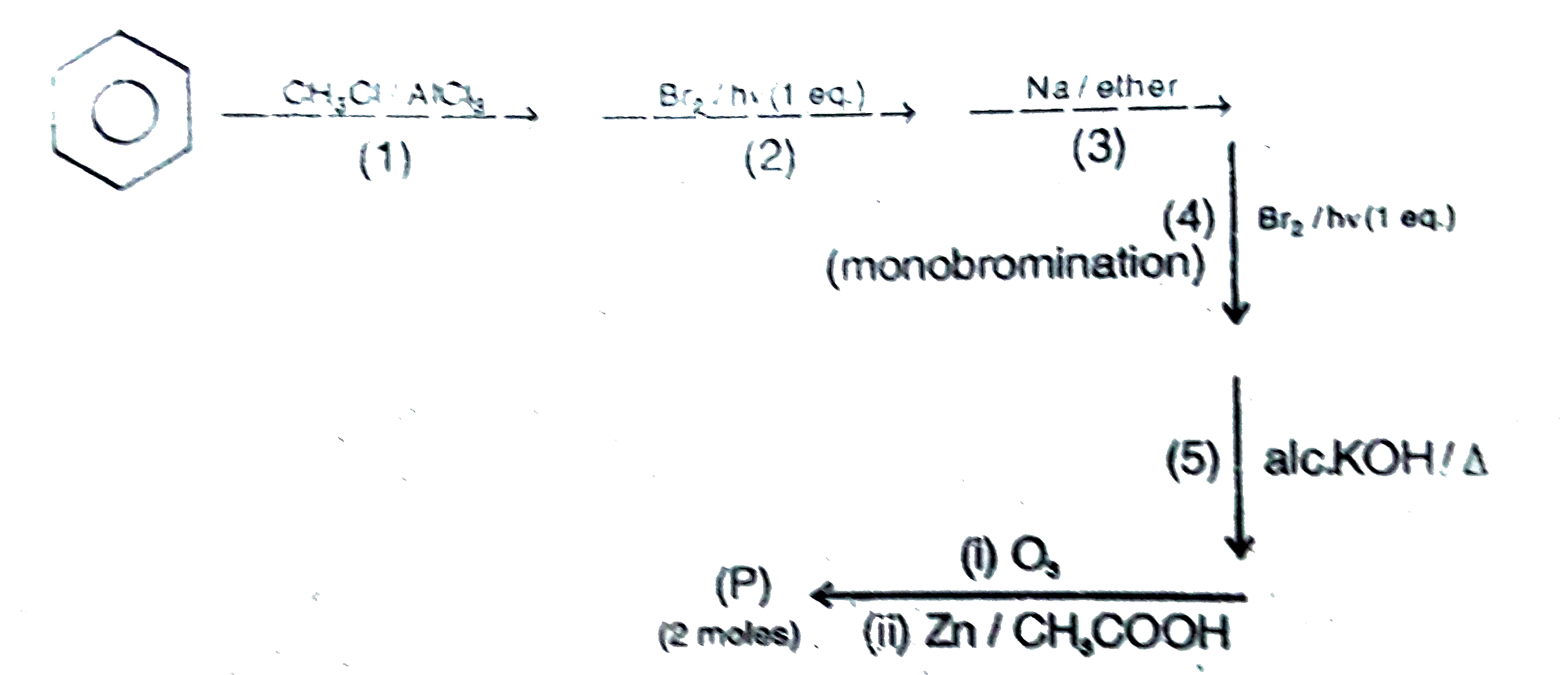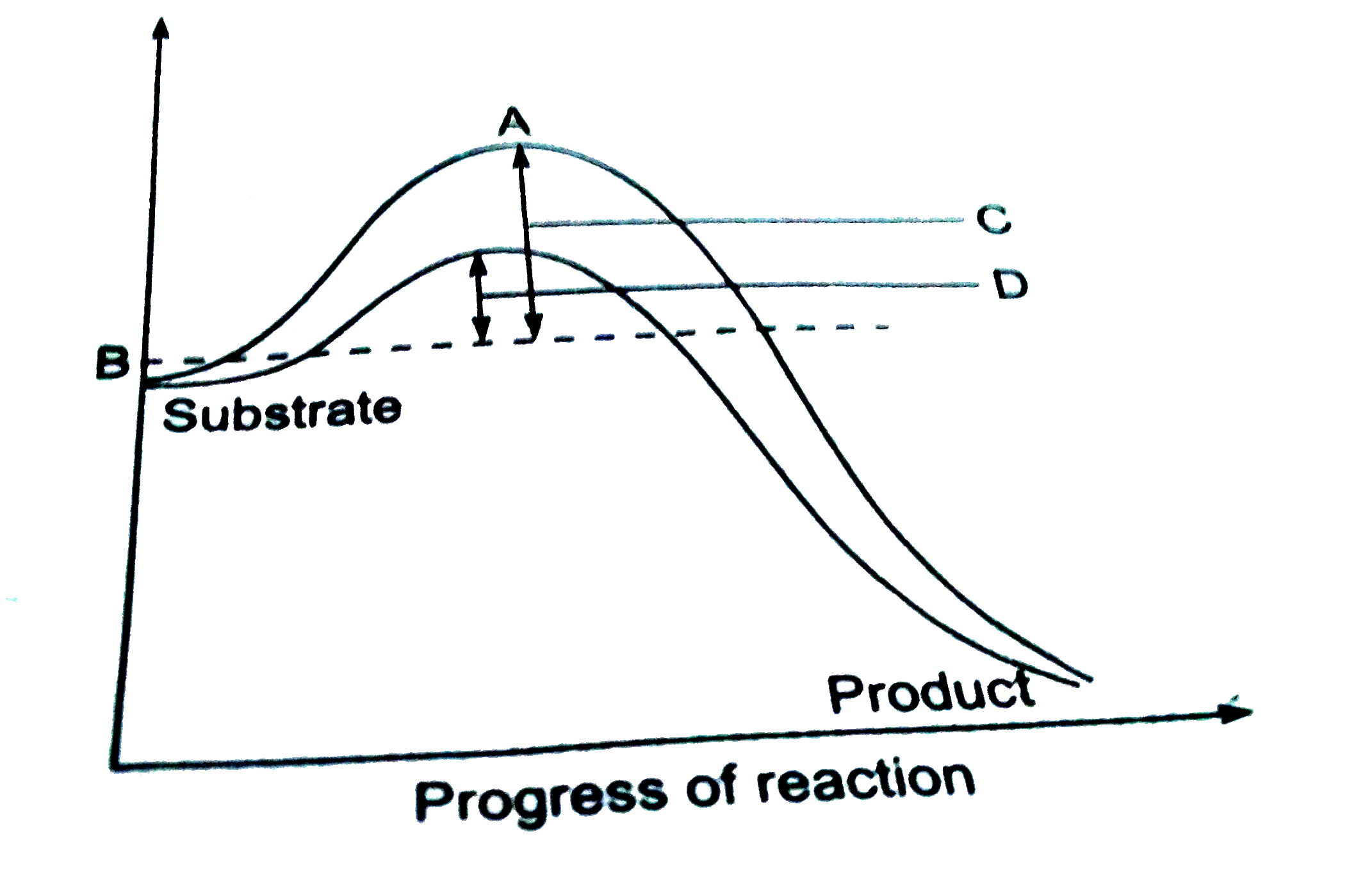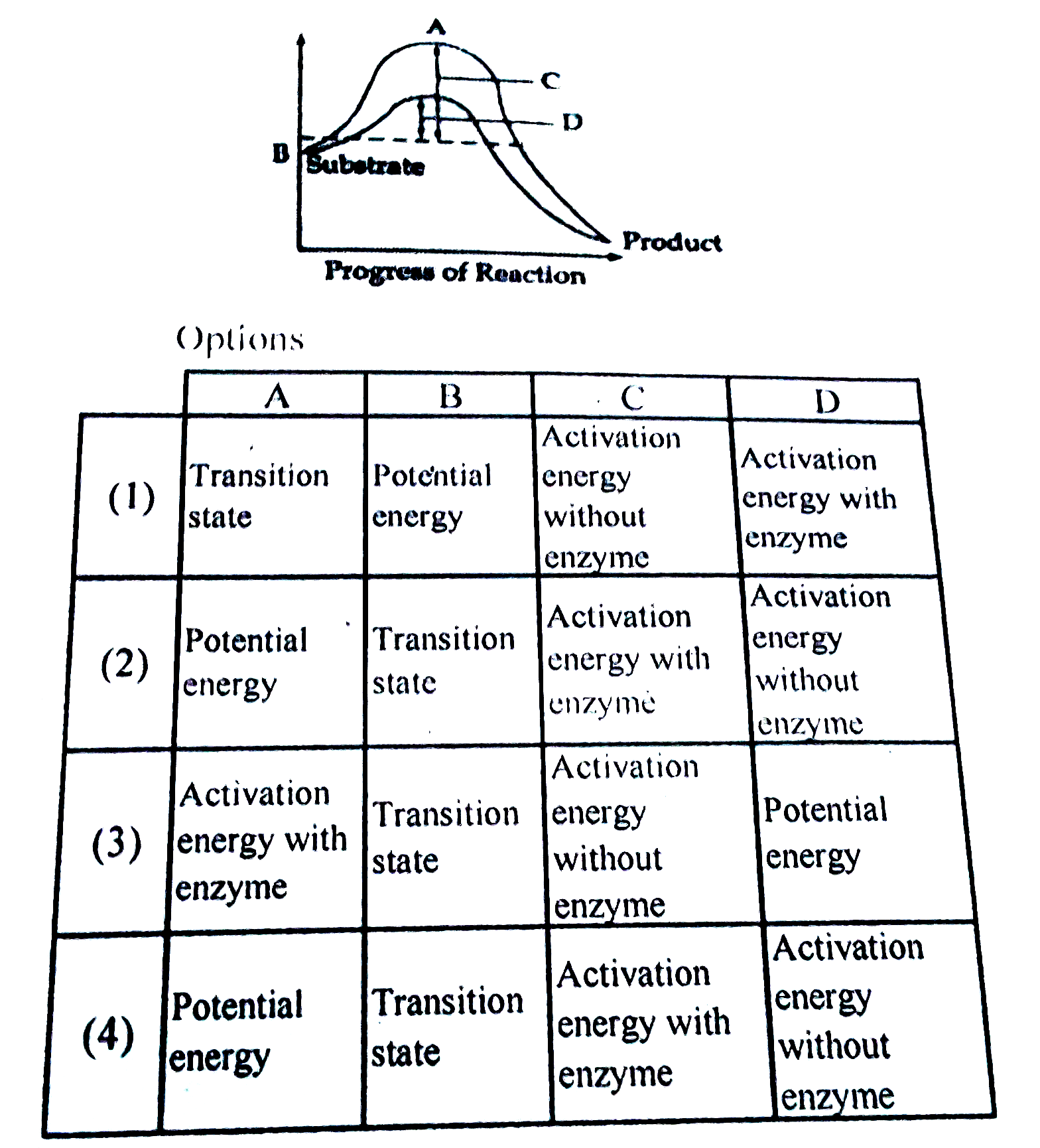Conversion of substrate to products is associated with change in the structure but not in the molecular weight is
Isomerisation
Oxidation
Cleavage reaction
Phosphorylation
The correct Answer is:A
To solve the question regarding the conversion of a substrate to products that involves a change in structure but not in molecular weight, we can follow these steps:
1. Understand the Question: The question is asking for a type of reaction where the substrate is converted into products with a change in structure but no change in molecular weight. This means that the number of atoms and their types remain the same, but their arrangement changes.
2. Identify the Options: The options provided are:
- Isomerization
- Oxidation
- Cleavage reaction
- Phosphorylation
3. Analyze Each Option:
- Isomerization: This reaction involves the rearrangement of atoms within a molecule, resulting in a different isomer. Importantly, the molecular weight remains the same because no atoms are added or removed.
- Oxidation: This reaction typically involves the loss of electrons or the addition of oxygen, which usually changes the molecular weight because it can involve the addition or removal of atoms.
- Cleavage Reaction: This involves breaking a molecule into smaller parts, which would change the molecular weight as the original molecule is split into two or more products.
- Phosphorylation: This reaction involves the addition of a phosphate group to a molecule, which increases the molecular weight.
4. Conclusion: Based on the analysis, the only reaction that fits the criteria of changing structure without changing molecular weight is Isomerization. In isomerization, the substrate is transformed into a different isomer, maintaining the same molecular formula.
5. Final Answer: The correct answer is Isomerization.
- Isomerization
- Oxidation
- Cleavage reaction
- Phosphorylation
- Isomerization: This reaction involves the rearrangement of atoms within a molecule, resulting in a different isomer. Importantly, the molecular weight remains the same because no atoms are added or removed.
- Oxidation: This reaction typically involves the loss of electrons or the addition of oxygen, which usually changes the molecular weight because it can involve the addition or removal of atoms.
- Cleavage Reaction: This involves breaking a molecule into smaller parts, which would change the molecular weight as the original molecule is split into two or more products.
- Phosphorylation: This reaction involves the addition of a phosphate group to a molecule, which increases the molecular weight.
Topper's Solved these Questions
- BIOMOLECULESBOOK - AAKASH SERIESCHAPTER - BIOMOLECULESEXERCISE - EXERCISE - II (Carbohydrates)
30 Videos
- BIOMOLECULESBOOK - AAKASH SERIESCHAPTER - BIOMOLECULESEXERCISE - EXERCISE - II (Amino acids)
13 Videos
- BIOMOLECULESBOOK - AAKASH SERIESCHAPTER - BIOMOLECULESEXERCISE - EXERCISE - I (Enzymes Inhibition)
10 Videos
- BIOLOGICAL CLASSIFICATIONBOOK - AAKASH SERIESCHAPTER - BIOLOGICAL CLASSIFICATIONEXERCISE - EXERCISE-III (Previous AIPMT/NEET Question)
37 Videos
- CELL CYCLE AND CELL DIVISIONBOOK - AAKASH SERIESCHAPTER - CELL CYCLE AND CELL DIVISIONEXERCISE - Exercise-III
18 Videos
Similar Questions
Knowledge Check
Quaternary structure of protein is associated with :
Aorientation of multi subunits of a proteinBthree-dimensional structure of a peptide chainChydrogen bondingDamino acid sequence

Find the structure formula and molecular weight of 'P'.
View SolutionCorrect order of molecular weight is :-
View SolutionHeterocyst is a structure which is associated with
View SolutionFigure 9.37 shows the conversion of a substrate into product by an anzyme . In which one of an the four options (1-4) , the components of reactiom leveled as A,B,C, and D are identified correctly ?

View Solution
Molecular weight of T will be:
View Solution
Molecular weight of T will be:
View SolutionThe figure given below shows the conversions of a substrate into product by an enzyme. In which one of the four options (1-4) the components of reaction labelled as A, B, C and D are identified correctly -

View Solution

